Santa Fe captivates visitors with its distinctive adobe architecture, vibrant arts scene, and multicultural heritage that blends Native American, Spanish, and Anglo influences. The oldest capital city in North America packs extraordinary diversity into its compact historic center, making it ideal for weekend exploration.
Yet many first-time visitors miss the authentic experiences that reveal Santa Fe’s true character beyond the tourist corridors of the Plaza and Canyon Road. Here is a list of 20 insider tips to help you experience the genuine Santa Fe during a brief visit, connecting with local traditions and hidden gems that make this high-desert destination truly unique.
Time Your Plaza Visit Strategically
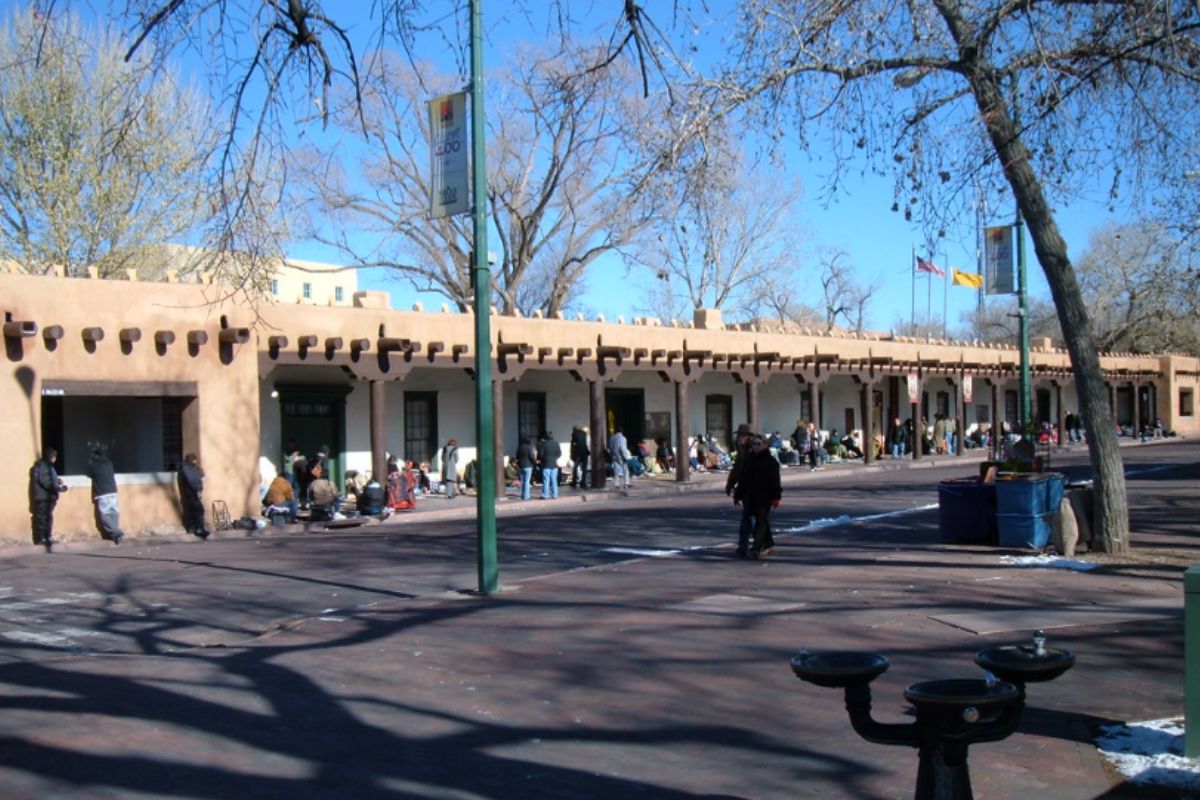
The historic Plaza forms Santa Fe’s heart, but midday crowds can overwhelm this central square. Early mornings reveal local rhythms—vendors setting up, shopkeepers sweeping portales (covered walkways), and residents gathering at cafés before tourists arrive.
Evening visits showcase the Adobe buildings bathed in golden light while live music often emerges from nearby hotel courtyards. The Palace of the Governors—the nation’s oldest continuously used public building—transforms throughout the day, with Native American artisans displaying handmade jewelry beneath its portal according to a rotating schedule worth planning around.
Explore Museum Hill’s Early

This cultural complex housing four world-class museums sits just minutes from downtown but feels worlds away. Morning visits provide peaceful exploration before tour groups arrive, with outdoor sculpture gardens offering views across piñon-covered hills.
The Museum of International Folk Art houses the world’s largest collection of traditional hand-crafted objects, while the Museum of Indian Arts & Culture provides essential context for understanding the region’s first inhabitants. Between museums, the Garden Café offers authentic Northern New Mexico cuisine on a patio surrounded by native plantings that attract hummingbirds throughout the summer months.
Like Travel Pug’s content? Follow us on MSN.
Venture Beyond Canyon Road
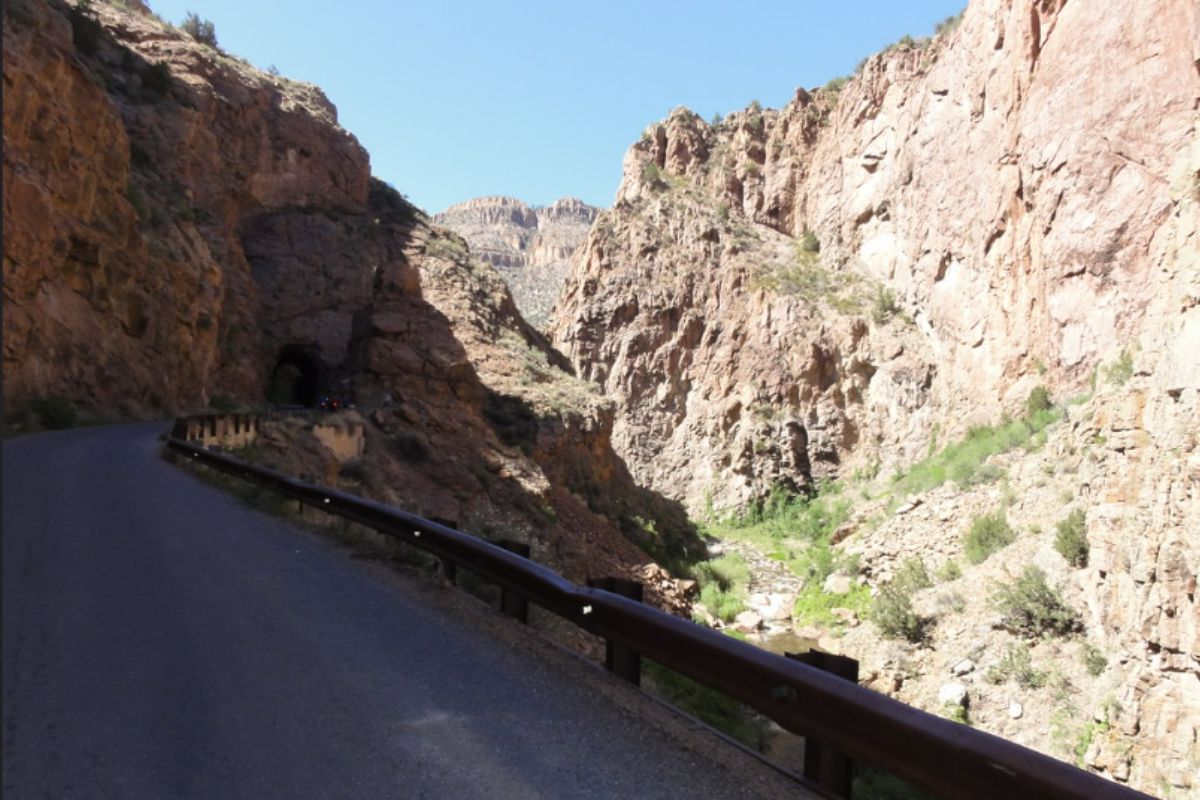
While Canyon Road’s concentrations of galleries justifiably attract art lovers, the emerging Railyard Arts District offers edgier contemporary work in converted warehouse spaces. First Friday art walks transform this district into community gatherings where residents mingle with visitors among food trucks and outdoor performances.
The nearby Siler Yard Arts Complex showcases working artists in their studios rather than merely displaying finished pieces. These alternative art districts reveal Santa Fe’s evolution beyond traditional Southwestern paintings and sculptures, though those traditions remain vibrant throughout the city.
Connect Through Food Traditions
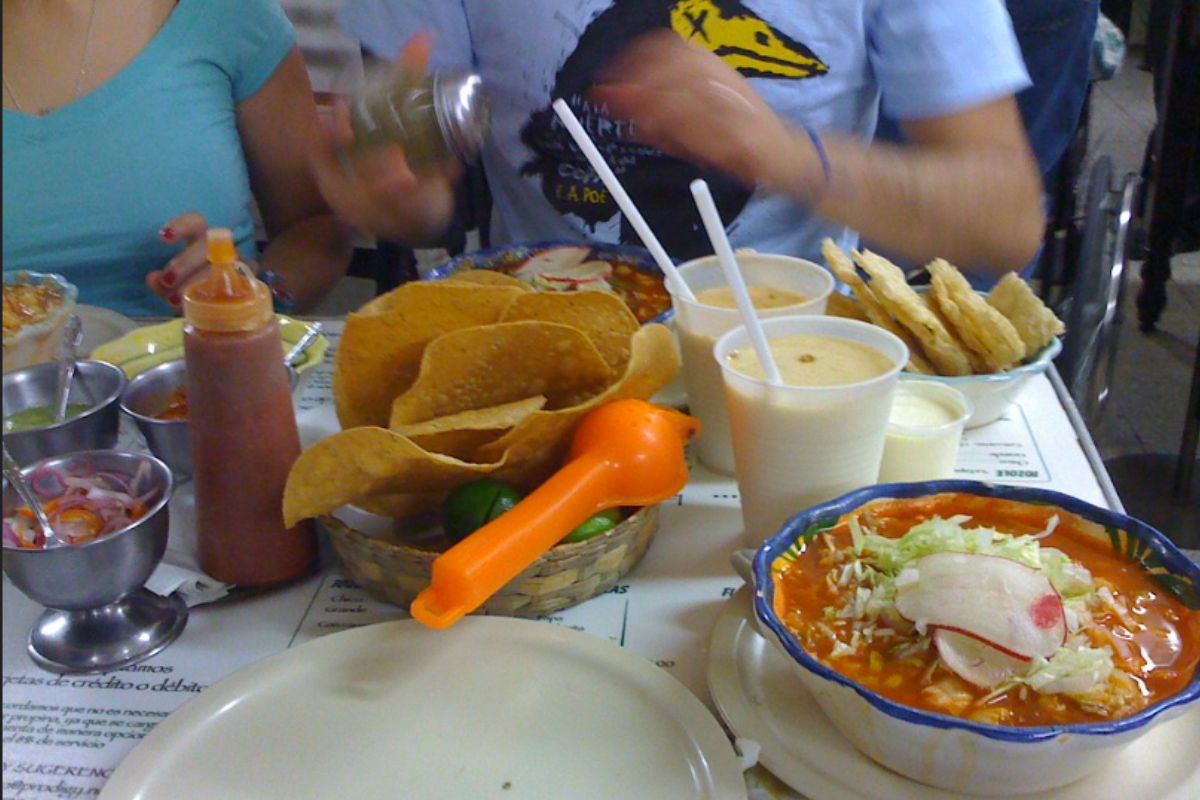
Northern New Mexico cuisine represents one of America’s oldest regional cooking styles, with techniques and ingredients dating back centuries. Beyond the famous question of “red or green” chile (or “Christmas” for both), seek out traditional dishes rarely found elsewhere—blue corn atole (a warming morning drink), chicos (dried corn stew), and carne adovada (pork marinated in red chile).
The Santa Fe School of Cooking offers demonstration classes that explain the cultural contexts behind these distinctive flavors developed through generations of Hispanic and Pueblo families adapting to high-desert growing conditions.
Experience Early Morning Market Energy

The Santa Fe Farmers Market operates year-round in the Railyard District, with Saturday mornings showcasing the region’s agricultural diversity despite challenging growing conditions. Northern New Mexico farming families—many cultivating the same land for generations—bring heritage crops, including chiles, unique bean varieties, and native fruits unavailable commercially.
Traditional horno-baked bread emerges from beehive-shaped outdoor ovens using techniques unchanged for centuries. Early arrival ensures both the best selection and opportunities to converse with growers about their sustainable agricultural practices adapted to desert conditions.
Like Travel Pug’s content? Follow us on MSN.
Find Hidden Courtyards

Adobe walls throughout Santa Fe often conceal surprisingly lush courtyards offering tranquil retreats from busy streets. The historic La Fonda hotel’s interior courtyard transports visitors to another era, while smaller establishments along Palace Avenue hide garden spaces where fountains provide cooling sounds during summer months.
Many downtown restaurants offer courtyard dining where massive old cottonwood trees create natural canopies over tables. These hidden green spaces reveal how Santa Fe’s traditional architectural forms created microclimates that moderated harsh desert conditions long before modern environmental technologies.
Attend Evening Vespers at Loretto Chapel
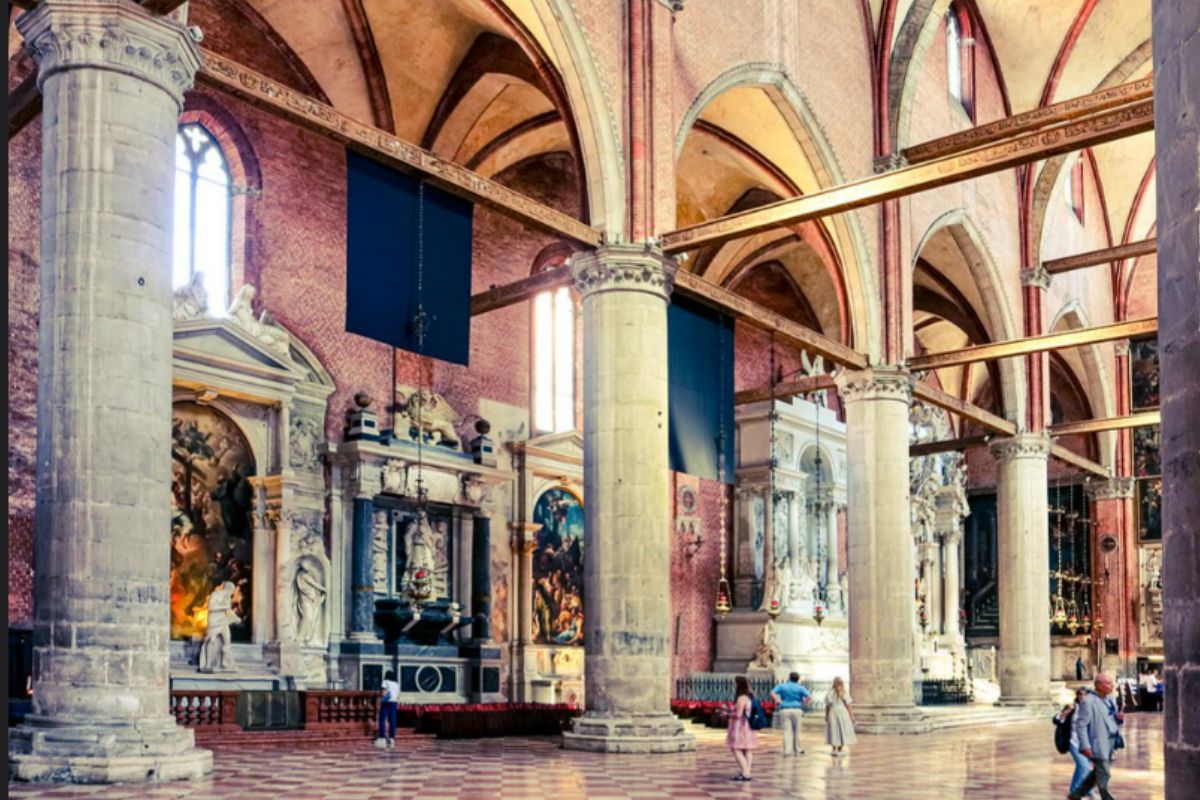
This small Gothic Revival chapel famous for its “miraculous staircase” transforms during evening vespers services, when tourist crowds disappear, and sublime choral music fills the intimate space. The surrounding neighborhood, once the end of the Santa Fe Trail, becomes peacefully atmospheric as evening light warms adobe walls and long shadows stretch across narrow streets.
The chapel’s remarkable acoustics showcase musical traditions brought by European settlers, creating experiences that connect contemporary visitors to Santa Fe’s complex colonial history through sensory rather than merely visual experiences.
Discover Museum-Quality Craftsmanship
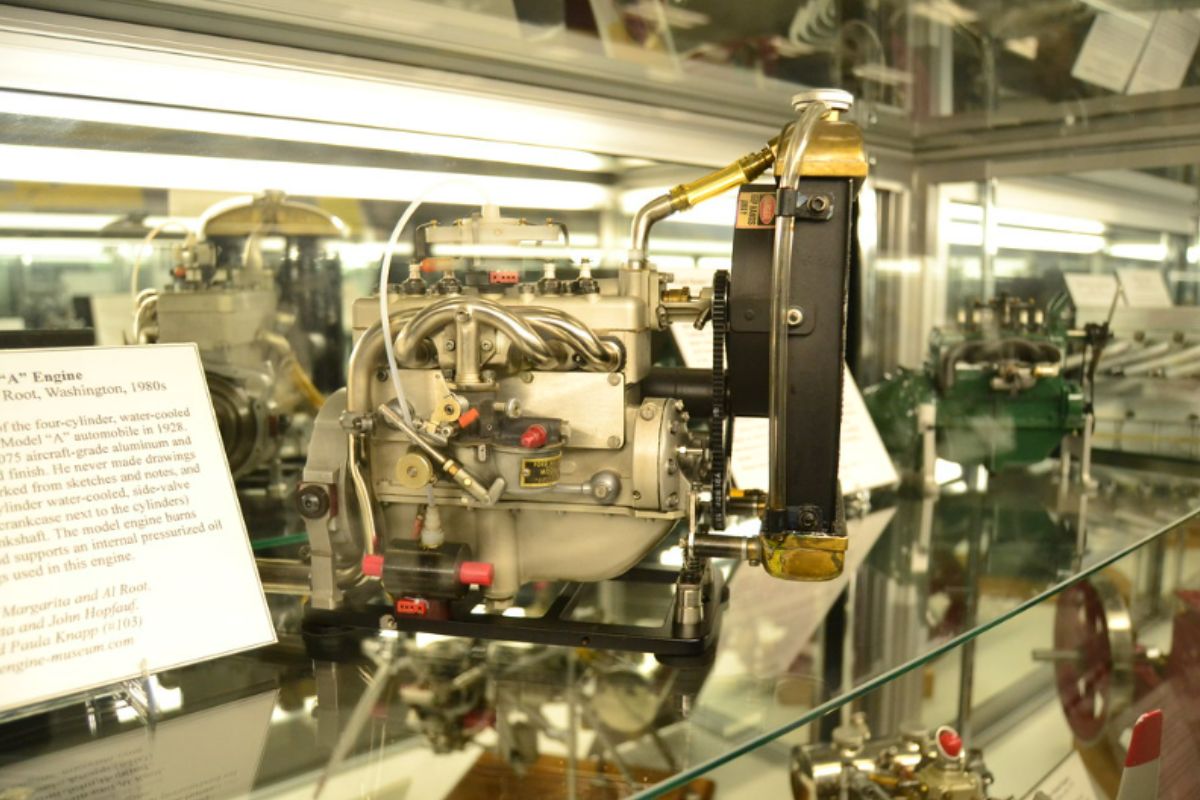
Beyond formal museums, working artisans continue traditional crafts throughout Santa Fe, often welcoming visitors into their workshops. Weaving traditions spanning Navajo, Hispanic, and Anglo techniques appear in several downtown studios where artisans explain distinctive patterns developed over generations. Tinwork—a Spanish Colonial craft adapted to New Mexican materials and aesthetics—continues in small workshops around the city.
These living traditions connect contemporary Santa Fe to creative practices that long predated the city’s emergence as an arts destination in the early 20th century.
Like Travel Pug’s content? Follow us on MSN.
Find Authentic Chile Experiences
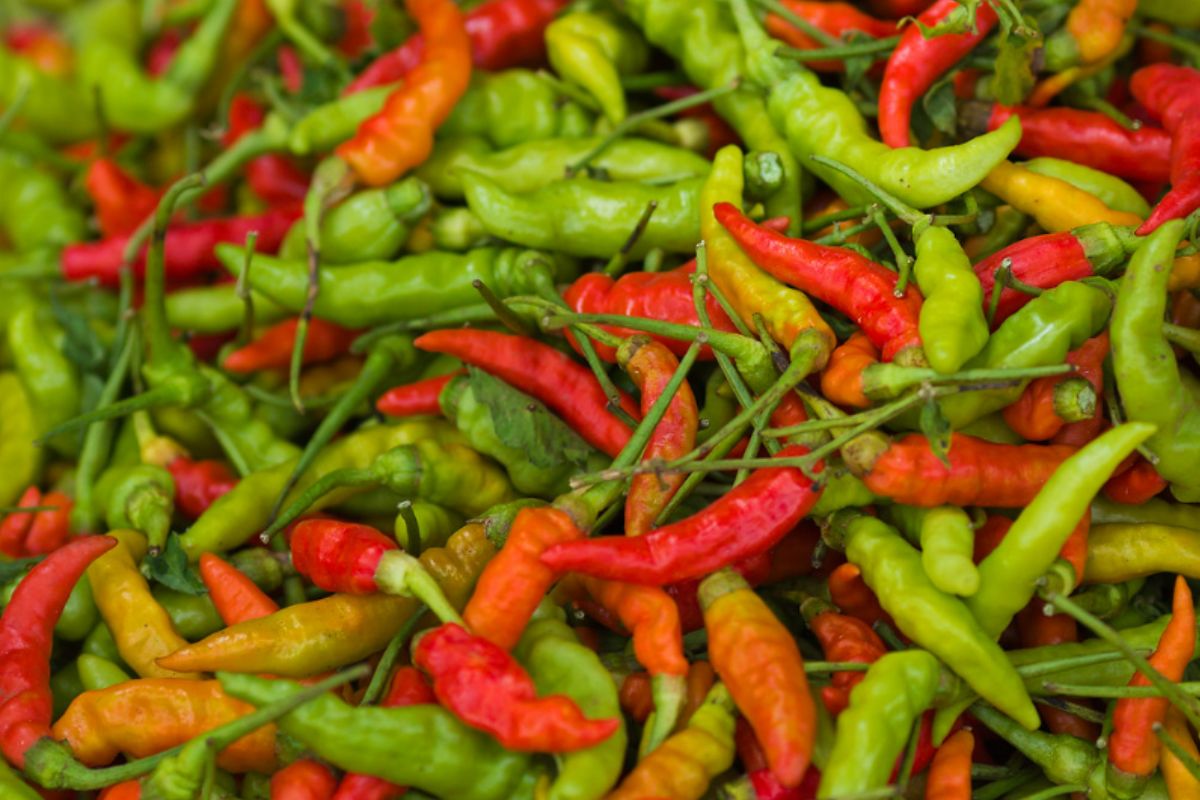
The state question—”Red or green?”—refers to Chile preferences, but a deeper understanding comes from seasonal experiences beyond restaurant meals. Late summer brings the aroma of roasting green chiles to parking lots and markets throughout Santa Fe when locals purchase bushels for home freezing.
The nearby community of Chimayó produces exceptionally flavorful red chile powder from heritage plants grown in specific soil conditions. Chile-infused local chocolate, honey, and even cocktails showcase how this essential ingredient permeates Northern New Mexico culture beyond traditional New Mexican dishes.
Seek Sunrise at Cross of the Martyrs
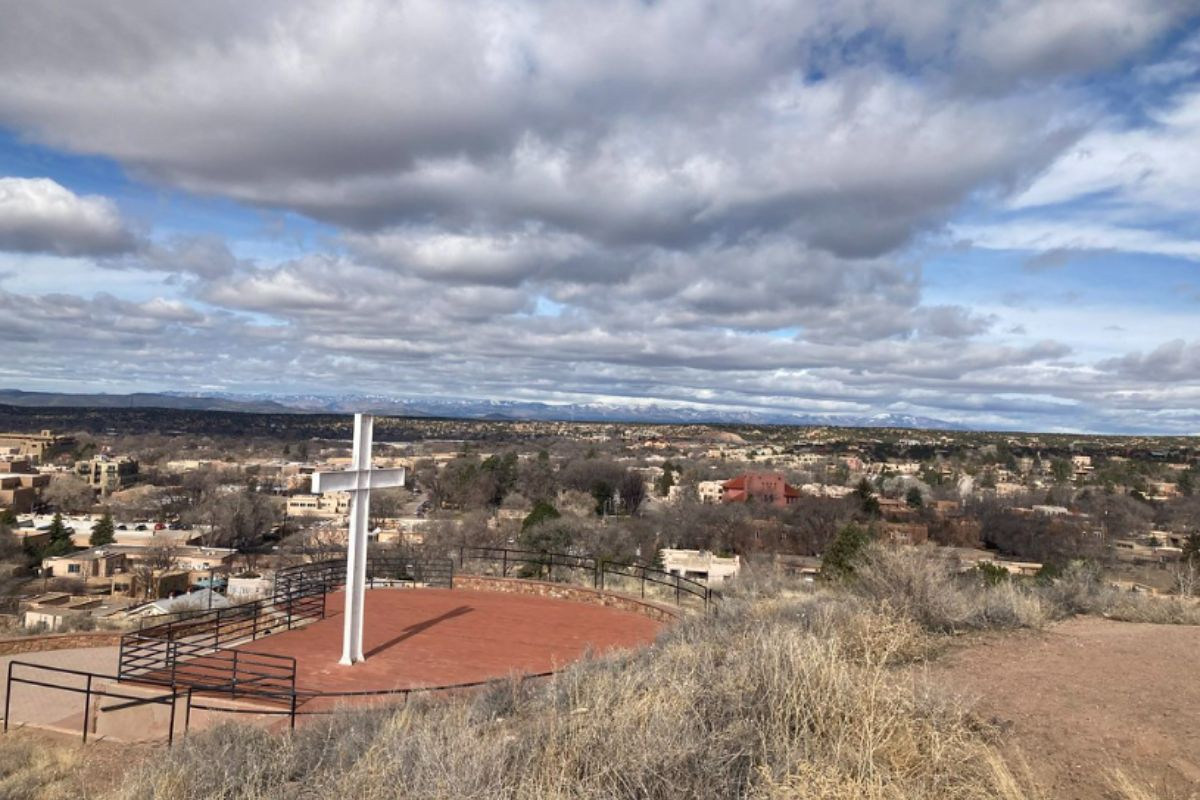
This hillside monument commemorating Franciscan friars killed during the 1680 Pueblo Revolt provides one of Santa Fe’s most accessible panoramic viewpoints. Early morning visits reward with dramatic light across adobe buildings and surrounding mountains, often with few other visitors present.
The monument itself tells a complex story about conflicts between Spanish colonizers and Pueblo peoples, while interpretive signs explain how different cultural perspectives view these historical events. The moderate climb up a dedicated path takes just minutes but elevates visitors above the city for orientation across Santa Fe’s historic districts.
Connect Through Traditional Music
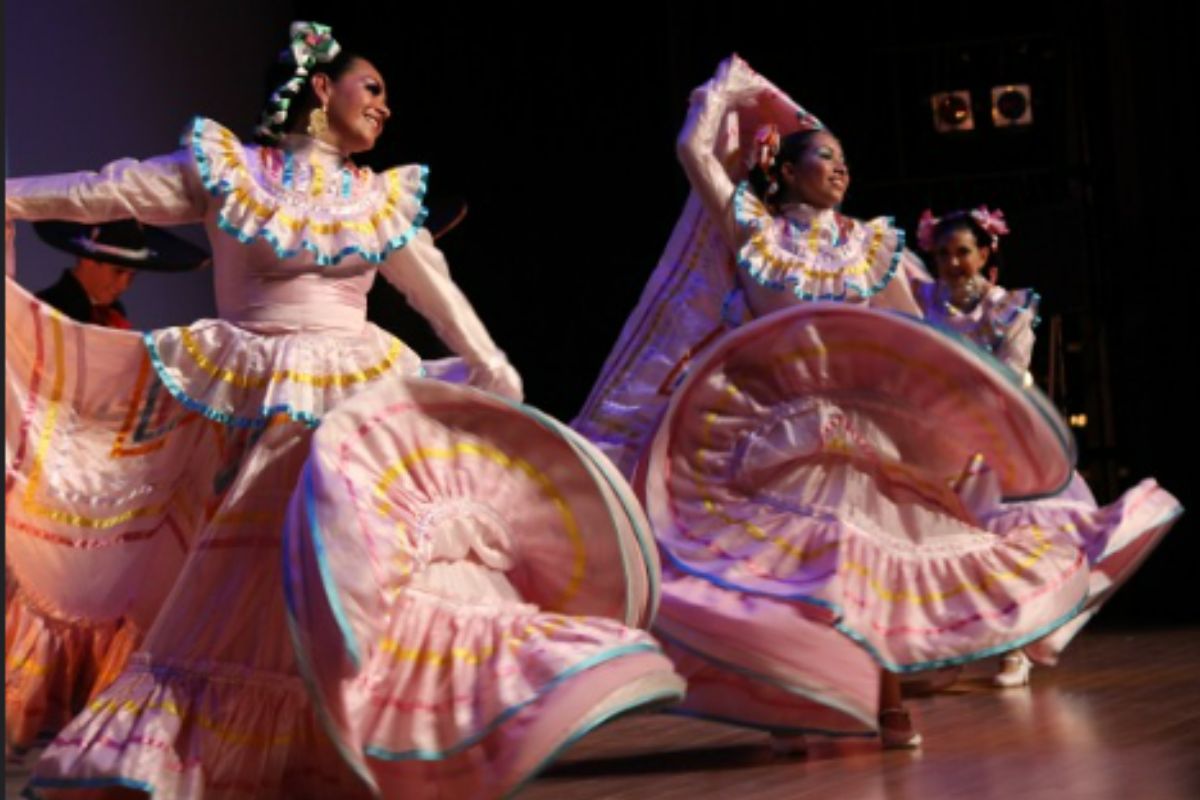
Northern New Mexico’s distinctive musical traditions blend Spanish colonial influences with Native American and Anglo elements, creating sounds unique to the region. Evening performances of traditional New Mexican music often feature violin and guitar compositions passed through generations of Hispanic families.
Contemporary Native musicians perform both traditional and innovative works at venues throughout Santa Fe, particularly during the summer Indian Market and year-round at the Museum of Contemporary Native Arts. These musical expressions provide emotional connections to cultural traditions that shaped Santa Fe’s development across centuries.
Like Travel Pug’s content? Follow us on MSN.
Experience Living Pueblo Traditions
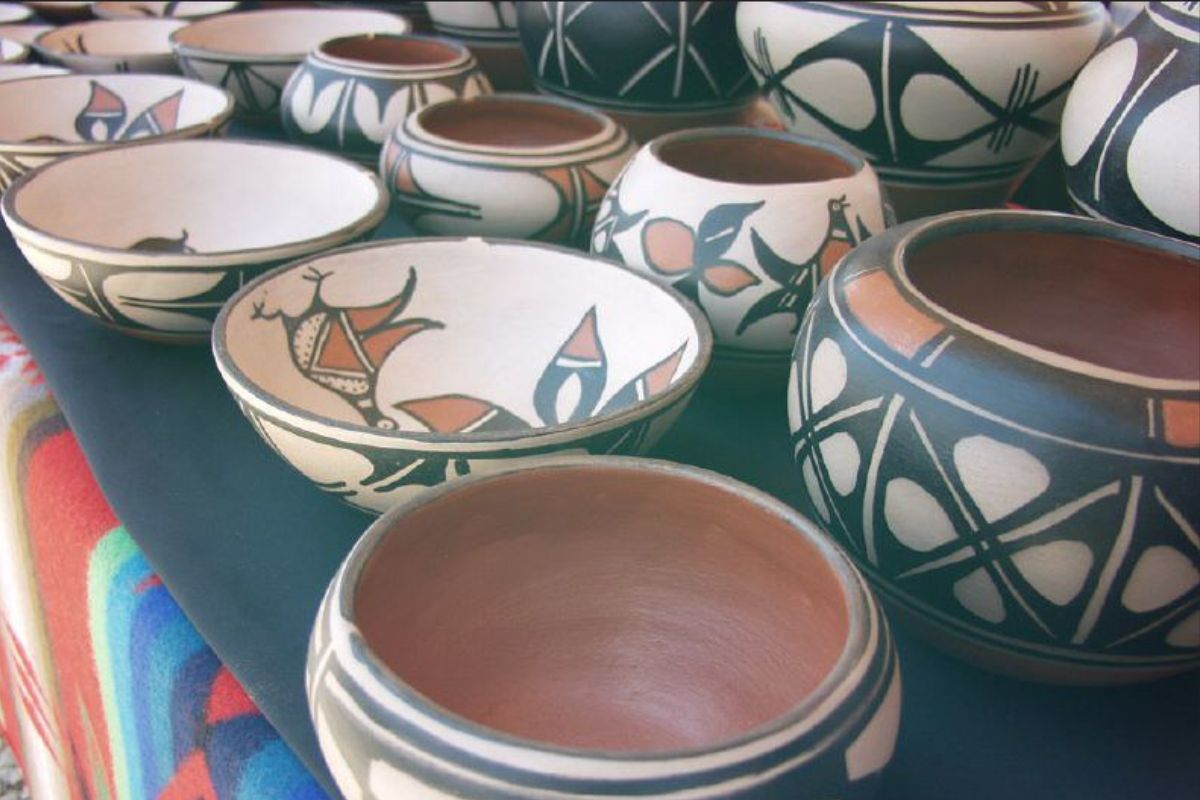
While several nearby Pueblo communities welcome respectful visitors, the Eight Northern Indian Pueblos Artists & Crafts Show brings traditions directly to Santa Fe during summer weekends. This market—run by tribal members rather than outside organizations—offers more direct cultural exchange than larger, more commercial events.
Traditional dances, food demonstrations, and craft exhibitions provide insights into living indigenous cultures that both predate and continue to influence Santa Fe’s development. Conversations with artists reveal how ancient techniques adapt to contemporary contexts while maintaining cultural integrity across generations.
Walk Sun-Warmed Adobe Neighborhoods
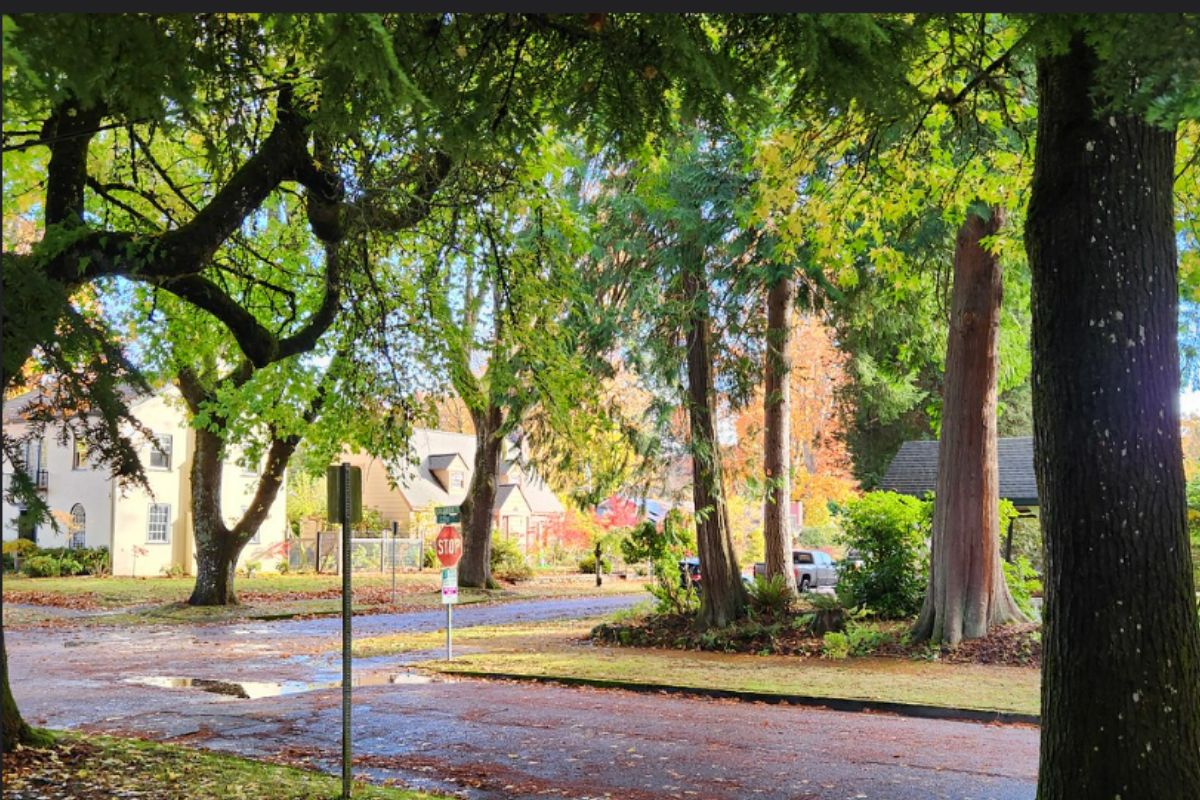
The historic Eastside and South Capitol neighborhoods showcase how traditional building materials function in Northern New Mexico’s extreme climate—storing solar heat during winter days and releasing it slowly through the night. Late afternoon walks through these residential areas reveal how traditional adobe construction principles shaped neighborhood development long before contemporary green building concepts emerged.
Massive walls, small windows placed for cross-ventilation, and interior courtyards demonstrate climate-responsive design principles developed over centuries. These neighborhoods remain vibrant residential communities rather than museum pieces.
Find High-Desert Garden Adaptations
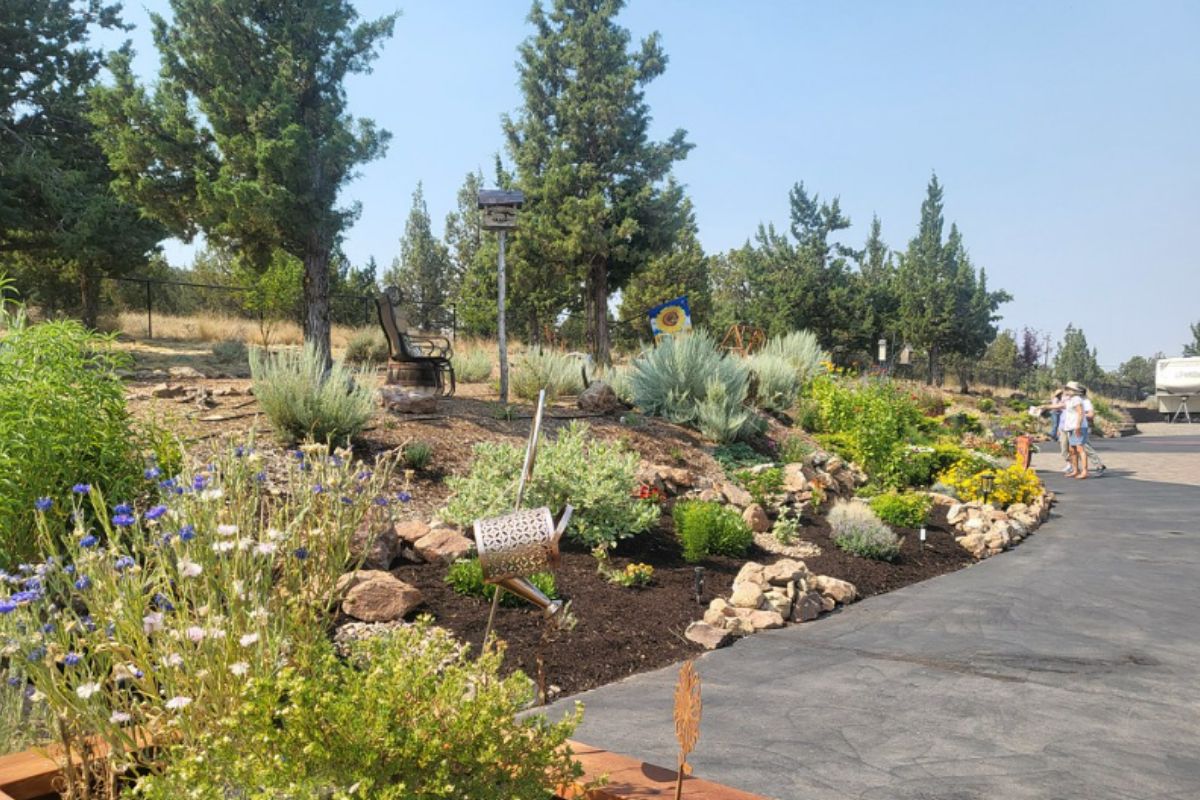
Santa Fe Botanical Garden demonstrates how cultivated plants adapt to high-desert conditions through water-wise demonstration gardens. Traditional Spanish Colonial garden designs featuring small enclosed spaces that maximize limited water appear alongside contemporary xeriscaping techniques. Heritage fruit trees—including unique apple varieties brought along the Santa Fe Trail in the 1800s—show agricultural adaptations to the region’s short growing season and dramatic temperature fluctuations.
These gardens reveal how human relationships with this challenging landscape evolved through indigenous knowledge, colonial experimentation, and contemporary conservation approaches.
Like Travel Pug’s content? Follow us on MSN.
Experience Morning Church Traditions
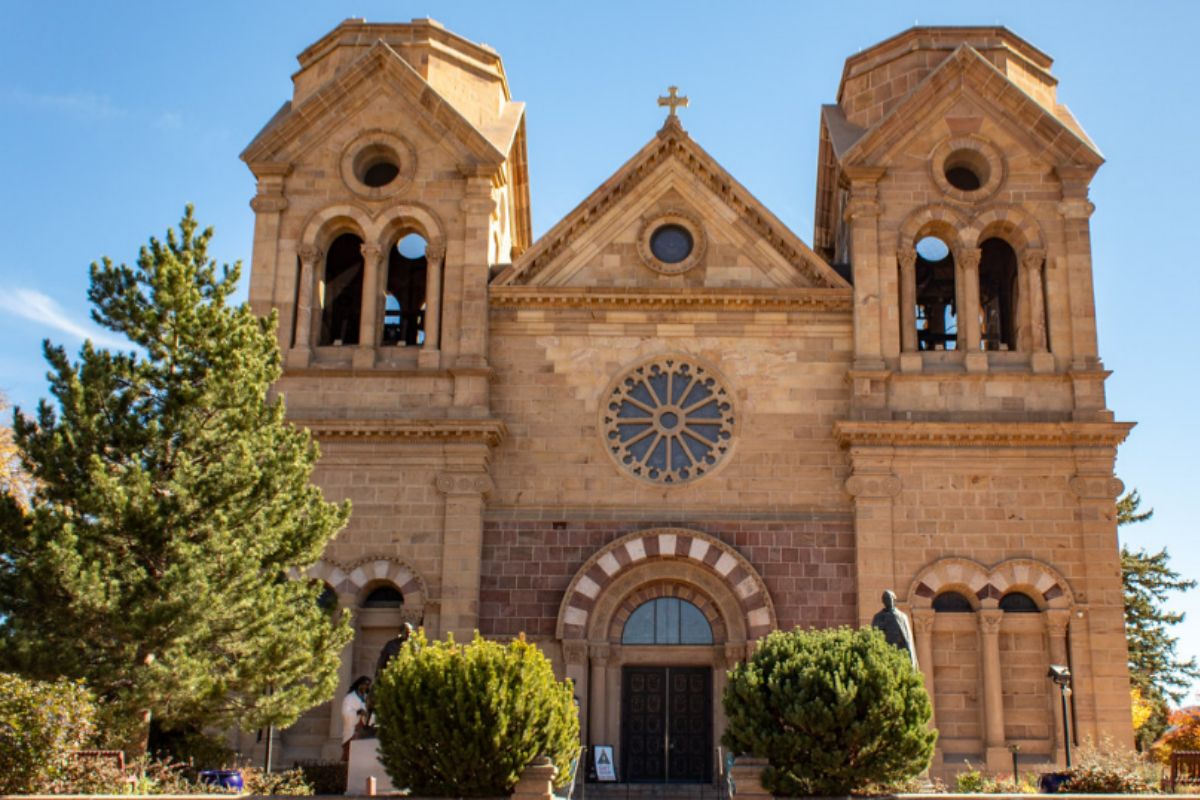
Sunday services at the Cathedral Basilica of St. Francis offer windows into living traditions continuing since Spanish colonial times. The blending of Catholic practices with local cultural elements created distinctive Northern New Mexico religious traditions evident in music, language, and seasonal celebrations.
The nearby San Miguel Chapel—considered America’s oldest church—maintains traditional services in a building whose walls date partially to the early 1600s. These religious spaces connect contemporary spiritual practices to traditions established during Santa Fe’s earliest European settlement while acknowledging complex histories of cultural exchange and conflict.
Discover Literary Connections
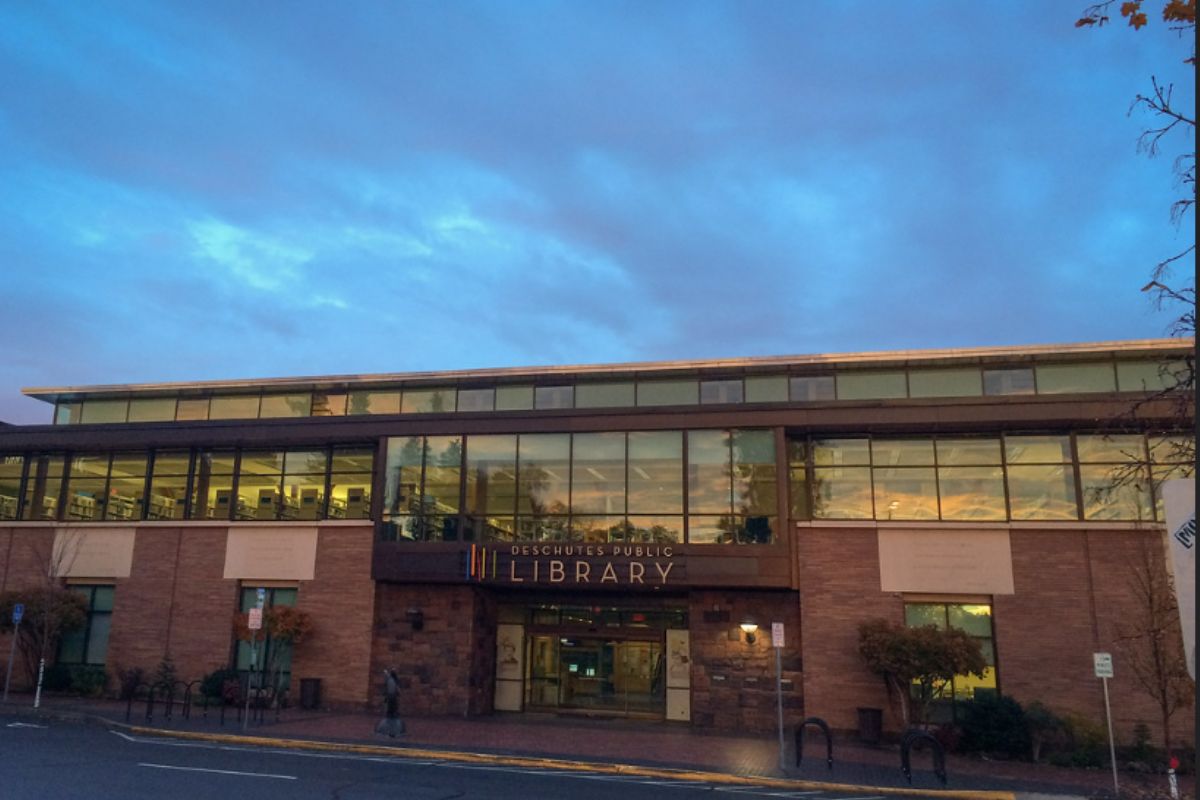
Writers from D.H. Lawrence to Cormac McCarthy found inspiration in Northern New Mexico’s distinctive landscapes and cultures. Collected Works Bookstore hosts regular author events featuring nationally known writers alongside local voices, while smaller establishments showcase regional publishing focused on Southwestern topics.
The downtown library’s Southwest Collection preserves rare materials documenting Santa Fe’s literary history, including works by early Anglo artists and writers who established the city’s reputation as a creative center in the early 20th century. These literary connections provide a deeper context for understanding Santa Fe’s evolution from a frontier outpost to a cultural destination.
Experience Living Water Traditions
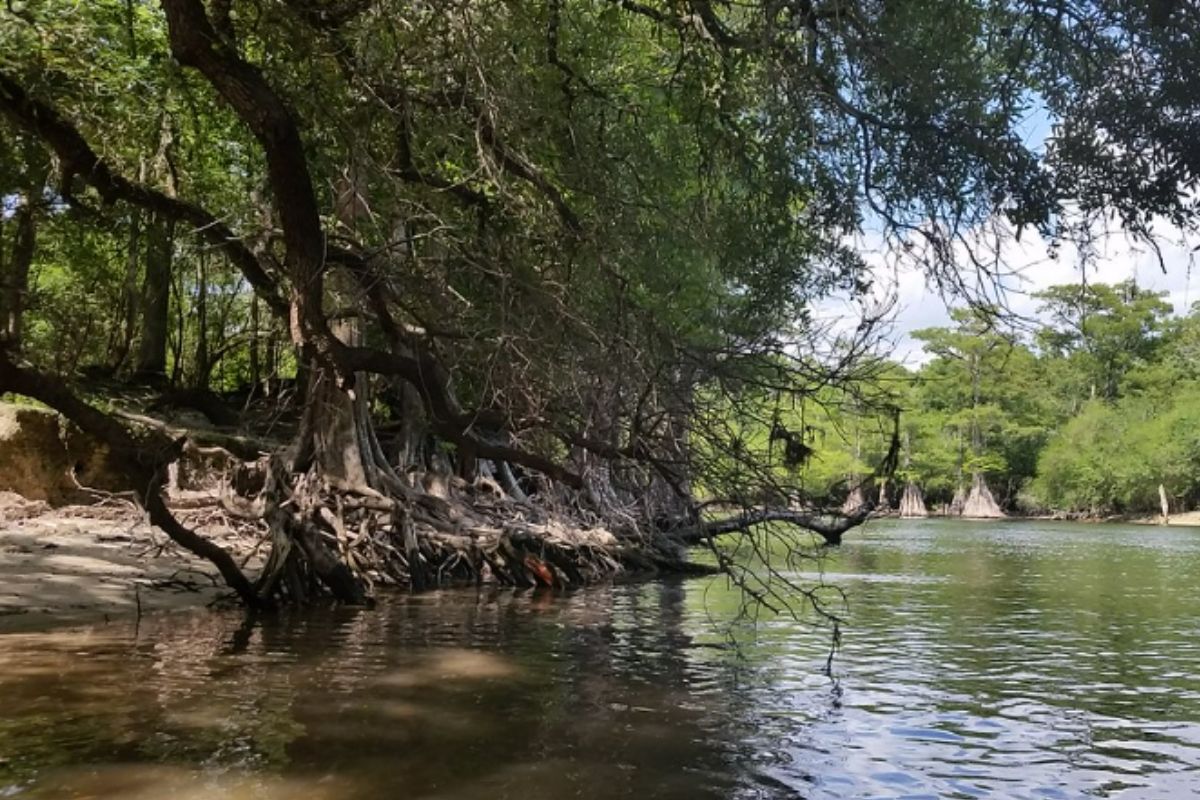
The Santa Fe River—though often reduced to a trickle by modern water management—historically supported agricultural communities through intricate acequia irrigation systems developed during Spanish colonial times. Remnants of these community-managed waterways remain visible throughout Santa Fe, particularly along the river walk passing through downtown.
The historic acequia madre (“mother ditch”) still delivers water through traditional channels managed by local associations maintaining centuries-old water-sharing customs. These living water traditions reveal how Northern New Mexico communities adapted to arid conditions through cooperative resource management systems that continue functioning alongside modern infrastructure.
Like Travel Pug’s content? Follow us on MSN.
Find Museum-Quality Dining Experiences
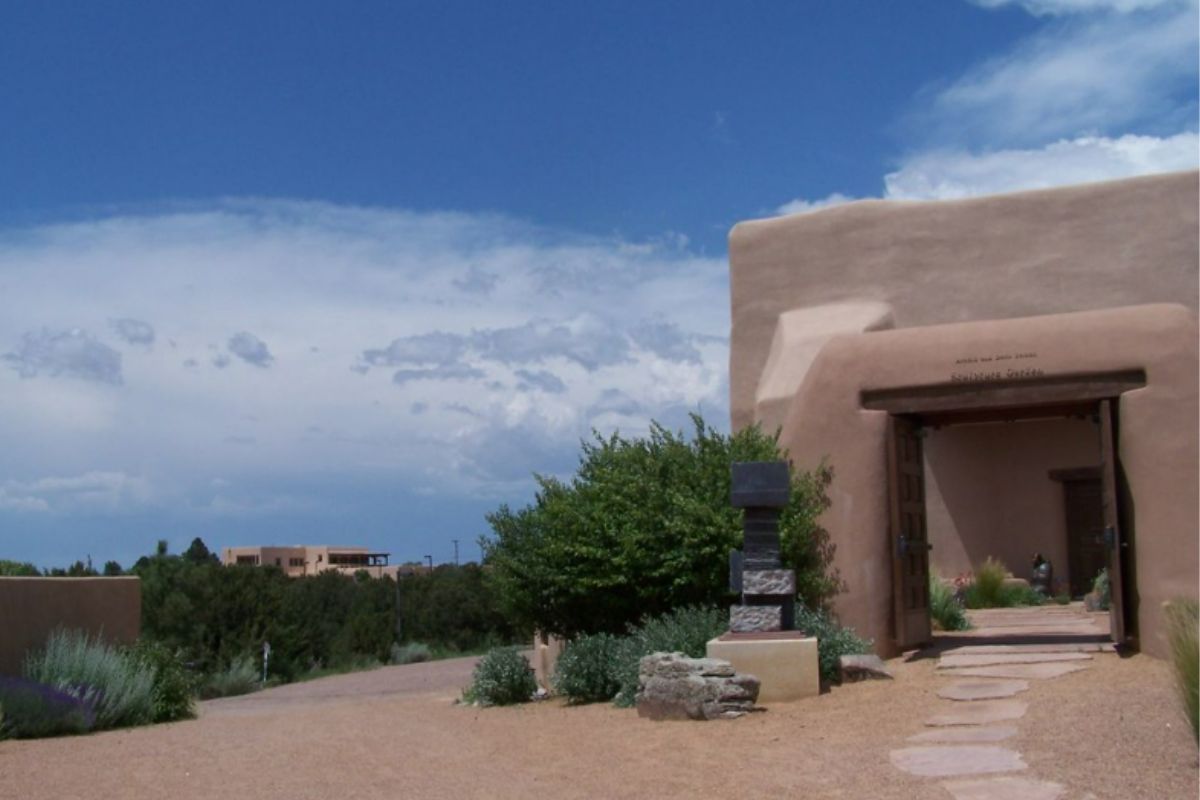
The Museum Hill Café offers one of Santa Fe’s most pleasant dining experiences, with a menu featuring locally sourced ingredients in dishes reflecting the region’s cultural influences. Floor-to-ceiling windows and patio dining provide views across pinon-juniper landscapes typical of Northern New Mexico’s high desert environment. Between museum visits, this peaceful setting offers respite from downtown crowds while maintaining a connection to the cultural institutions surrounding it.
The café’s seasonal menu adapts to available local ingredients, demonstrating contemporary interpretations of traditional regional flavors.
Connect Through Traditional Markets
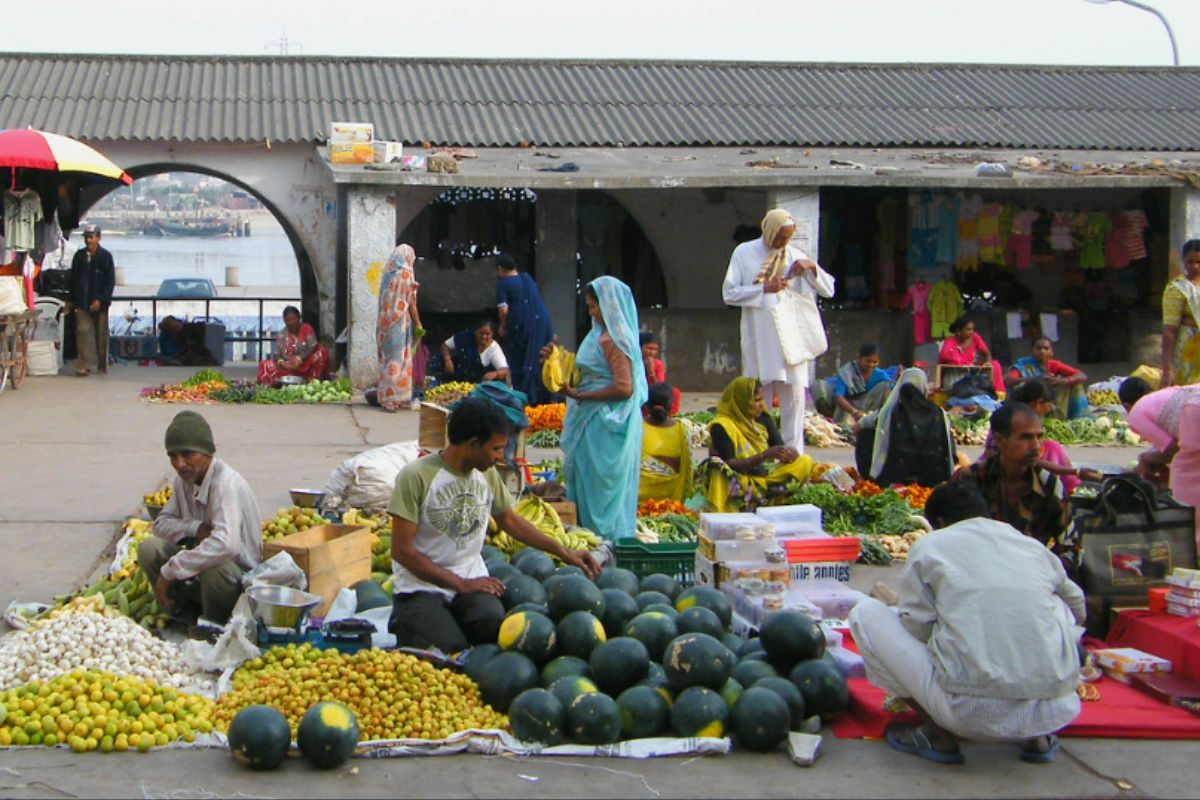
While the Indian Market receives deserved attention each August, smaller traditional markets occur throughout the year with less crowding and more opportunities for meaningful exchanges with artists. Winter Indian Market, Spanish Market, and weekly Native American artisan displays under the Palace of the Governors portal offer direct connections with creators rather than merely commercial transactions.
These markets maintain centuries-old trading traditions that established Santa Fe as a crossroads of cultures long before tourism emerged as an economic force, connecting contemporary visitors to exchange practices dating back to Spanish colonial times.
Discover High-Altitude Evening Skies
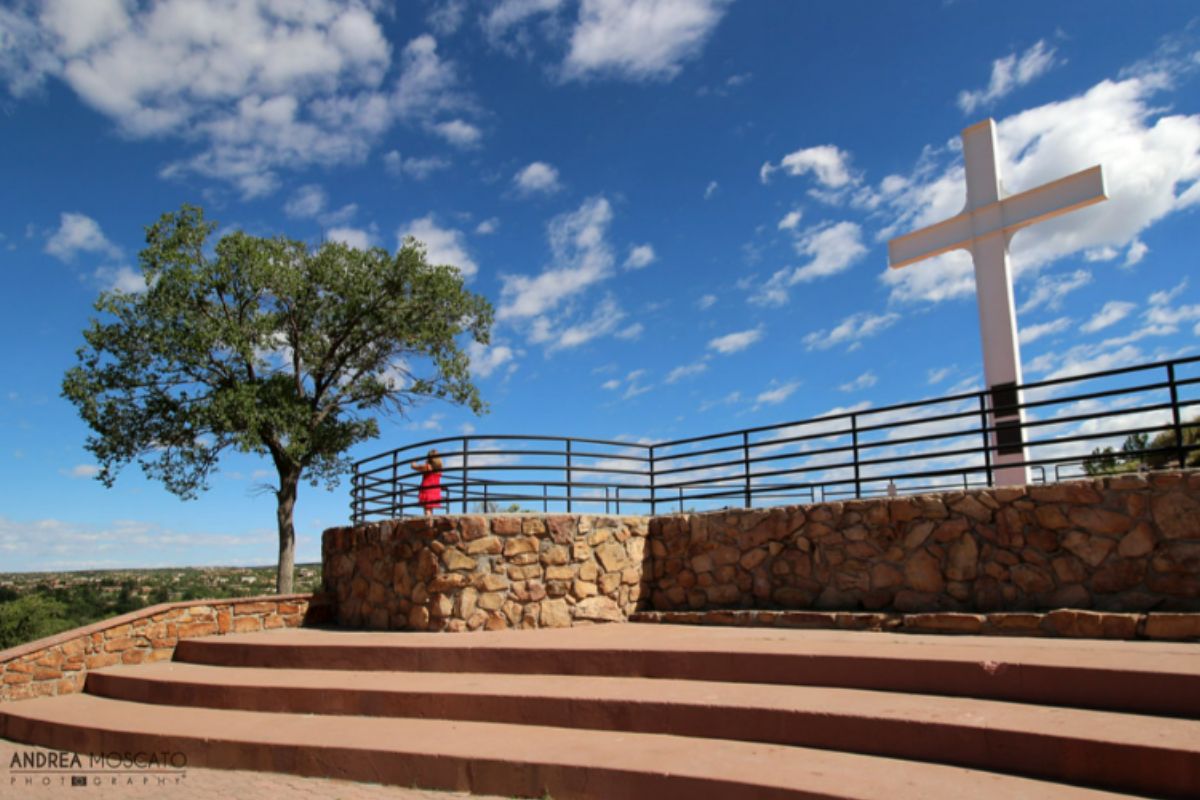
Santa Fe’s 7,000-foot elevation and minimal light pollution create striking nighttime views even within city limits. Evening walks along Museum Hill’s exterior paths or the grounds surrounding the historic Cross of the Martyrs offer quiet vantage points to take in stars emerging above silhouetted mountains.
These sky-watching moments reflect traditions of celestial observation practiced by Native communities and early Spanish settlers, who marked solstices and equinoxes with ceremonial significance that still echoes in local festivals today.
Like Travel Pug’s content? Follow us on MSN.
Beyond Surface Impressions
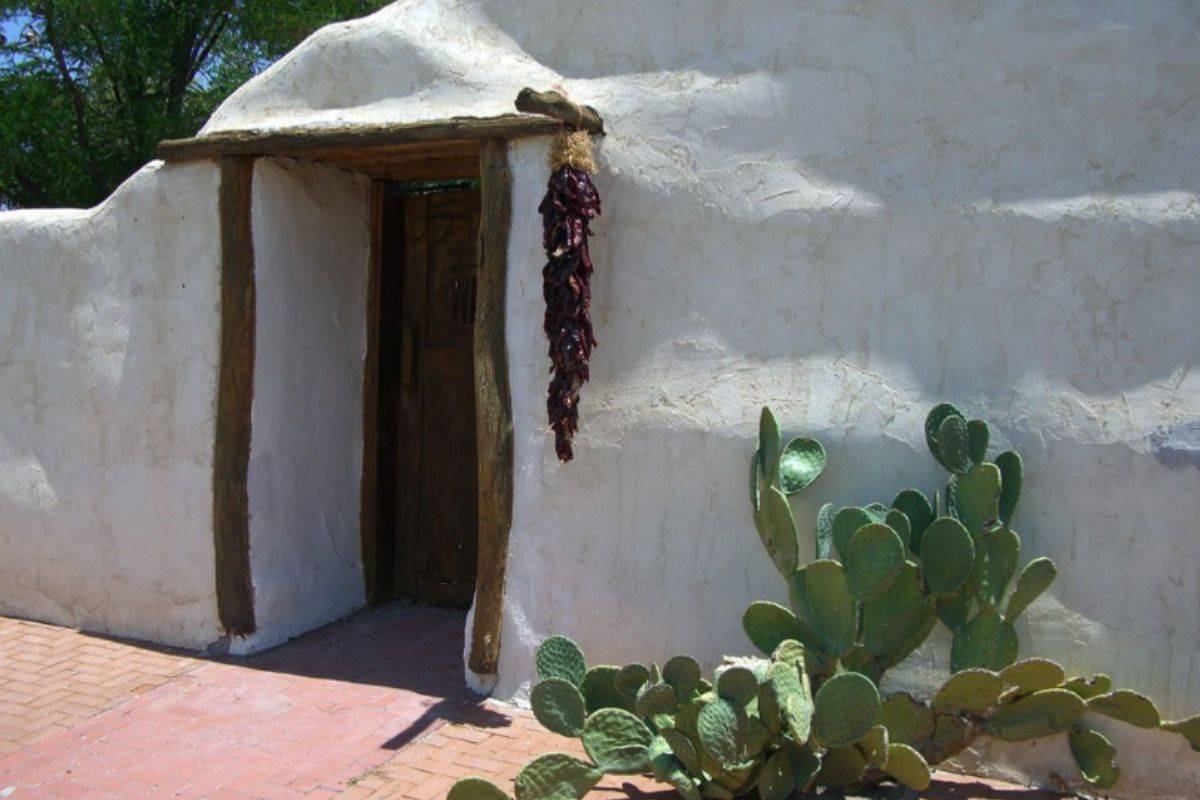
These experiences reveal Santa Fe beyond postcard images of turquoise jewelry and chile ristras hanging from adobe walls. While those iconic elements genuinely represent aspects of local culture, deeper connections emerge through early morning explorations, conversations with local creators, and attention to living traditions continuing across generations.
Even a brief weekend visit can transcend surface tourism when focused on these authentic expressions of Santa Fe’s distinctive cultural landscape, creating meaningful memories of America’s oldest capital city.
More from Travel Pug

- Cities Growing so Fast You Won’t Recognize Them in 10 Years
- 13 Destinations Where Tourists Regularly Regret Their Trip
- 20 Obscure WWII Sites Even History Buffs Don’t Know About
- 10 Under-the-Radar Mountain Towns That Are Both Affordable and Beautiful
- Remote Villages in Europe Where You Can Live for Free in Exchange for Work
Like Travel Pug’s content? Follow us on MSN.
